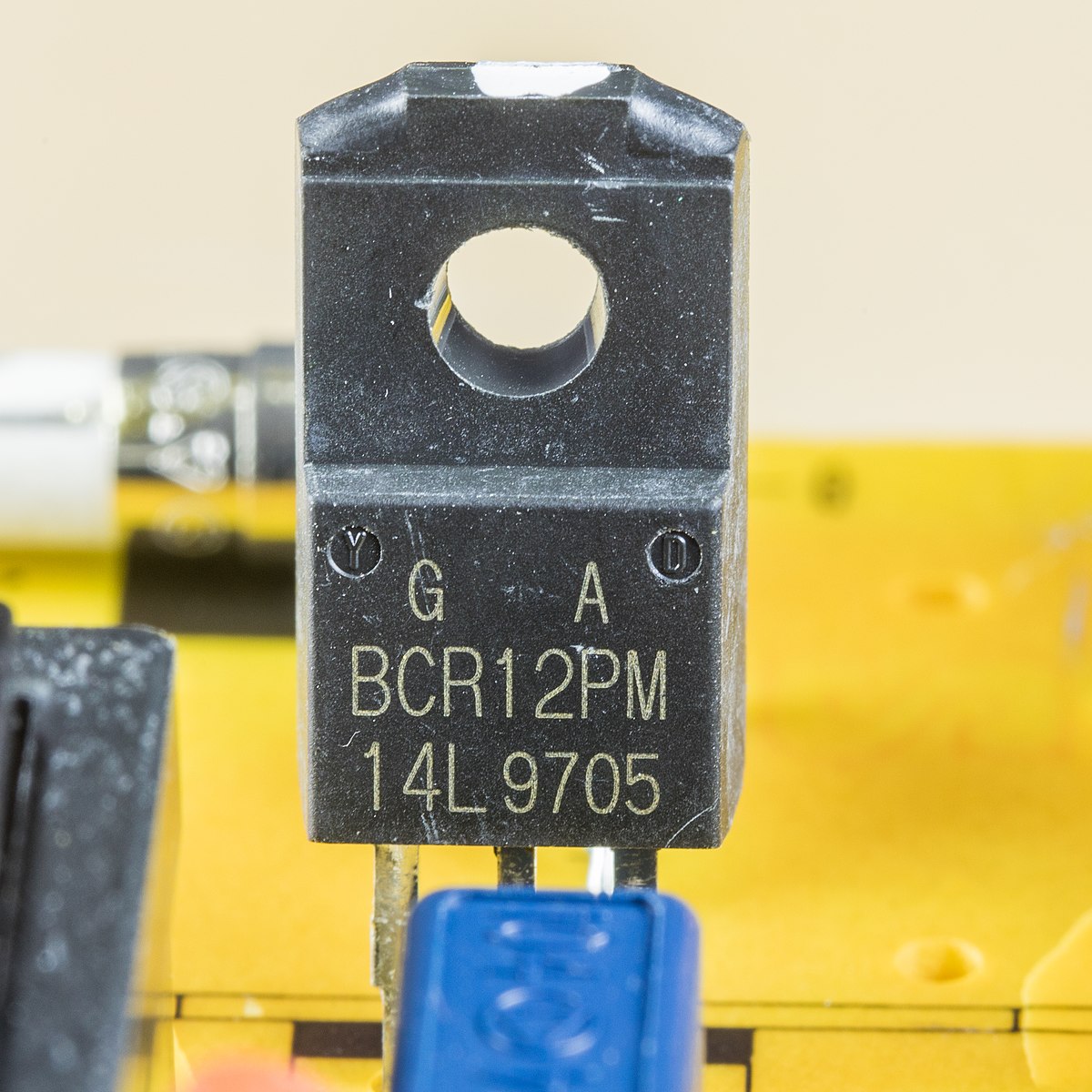Follow along with the video below to see how to install our site as a web app on your home screen.
Note: This feature may not be available in some browsers.
thx,but my question is still there.
Regards, Dana.
That is mode I- in Danadak's explanation. SCR1 conducts.in the pic above, why there is current from T2 to T1 when Vt2>Vt1>Vg? which SCR works at this situation?
you mean the left scr conducts? that should be Vg>Vt1,.That is mode I- in Danadak's explanation. SCR1 conducts.
you mean left scr conducts?that should be Vg>Vt1.That is mode I- in Danadak's explanation. SCR1 conducts.
to my pic copying yours below ,if Vmt1>Vmt2>Vgate, how does current flow? I have not think it out.The Triac’s anti parallel SCR representation is only that, a representation, a simple analogy.
You need to see the actual Triac junction structure to understand how it actually behaves.
View attachment 141188
Look at the TRIAC semiconductor makeup:
Whichever the polarity between gate and MT2, there is a current path via a single PN junction that can conduct.
Current flow there can change the conductivity of other junctions and trigger the device.
See the Wikipedia article below, which shows currents for all four quadrants of operation.as shown above, there are no pn junction in the low part,


